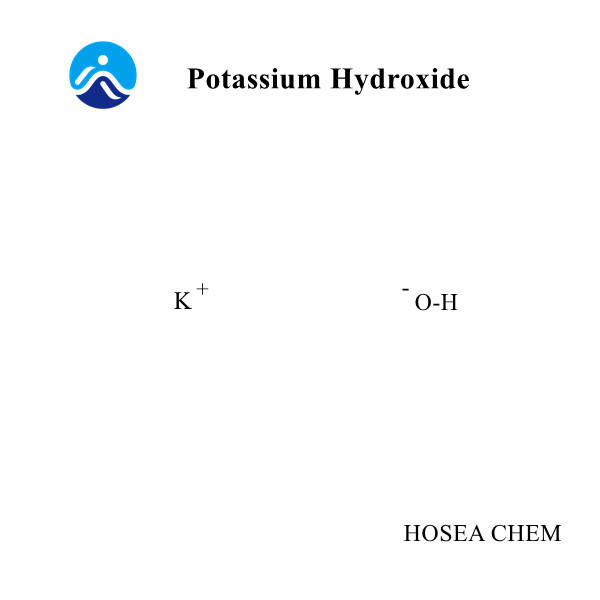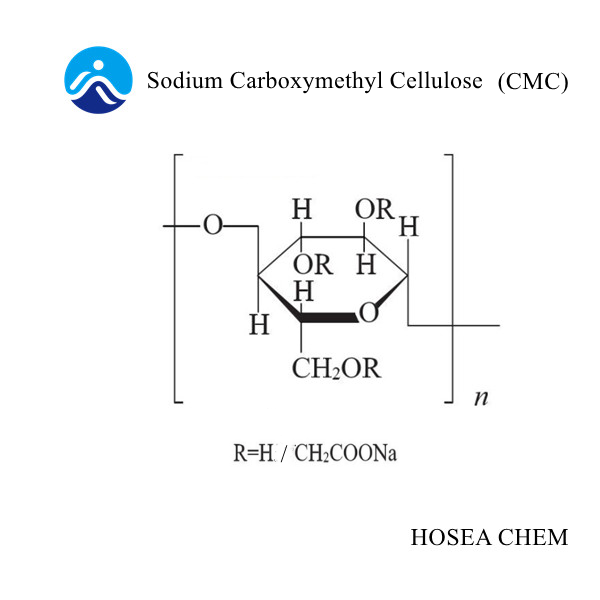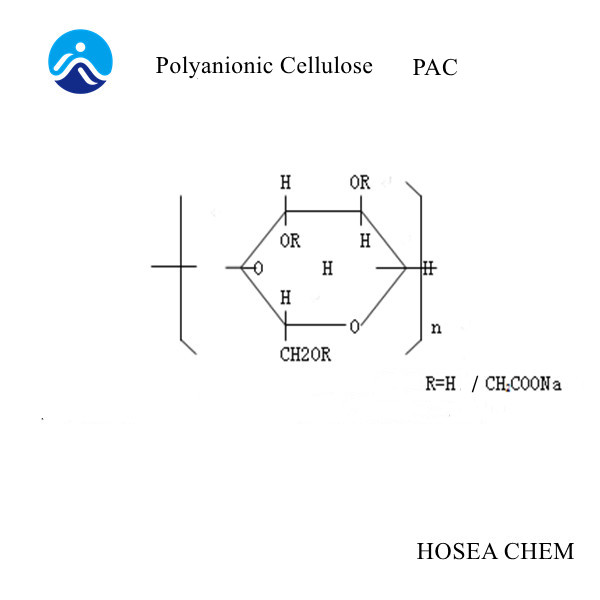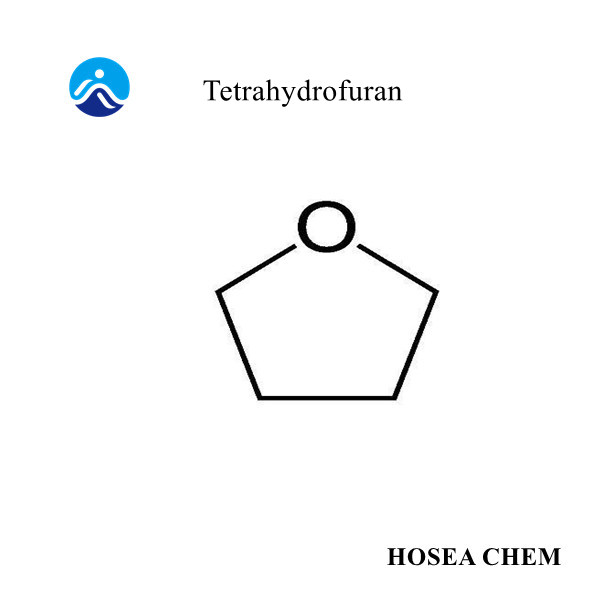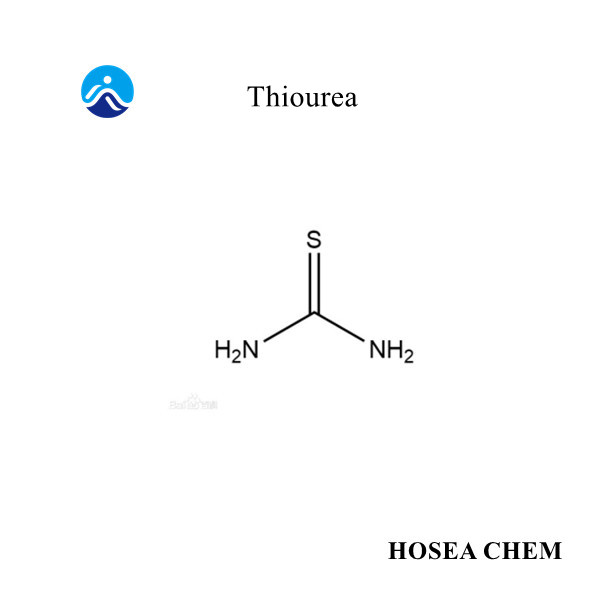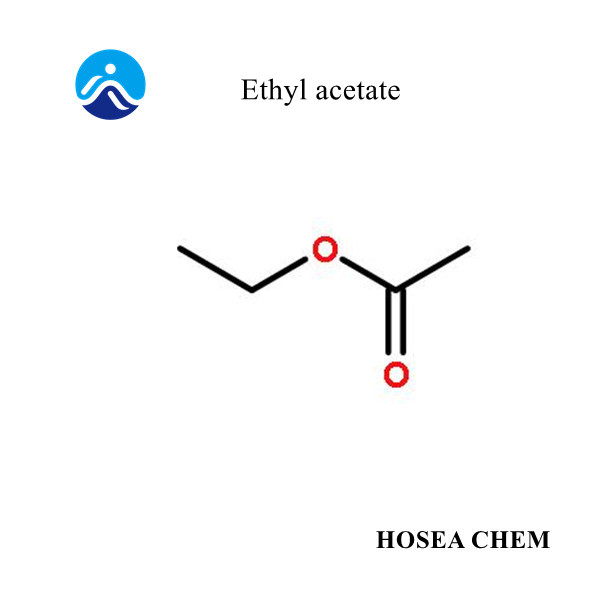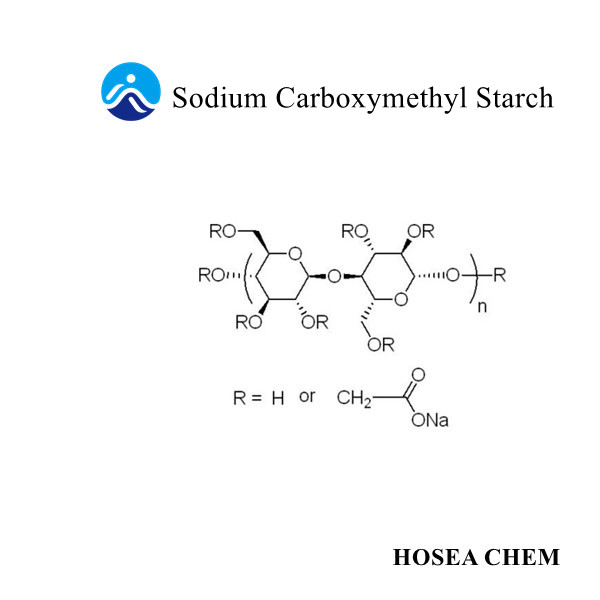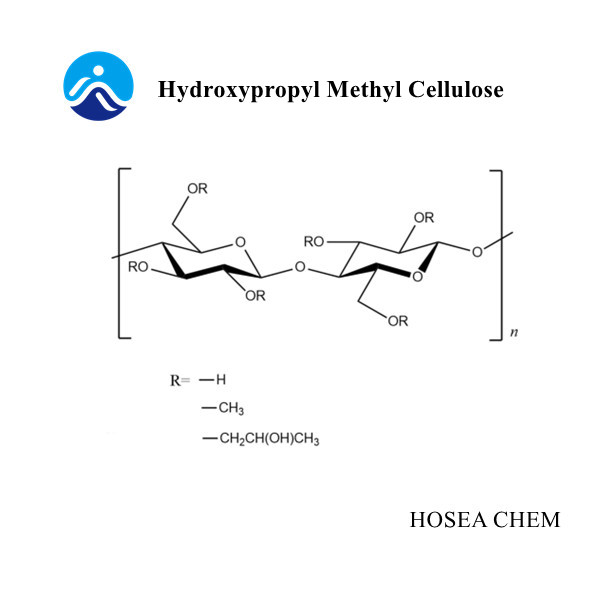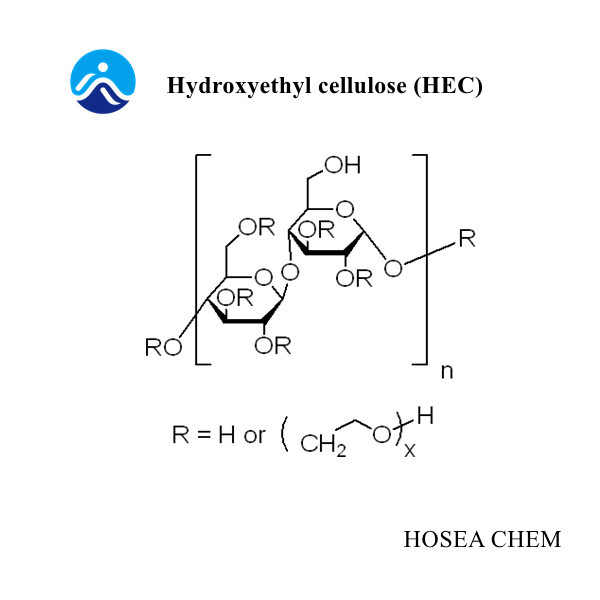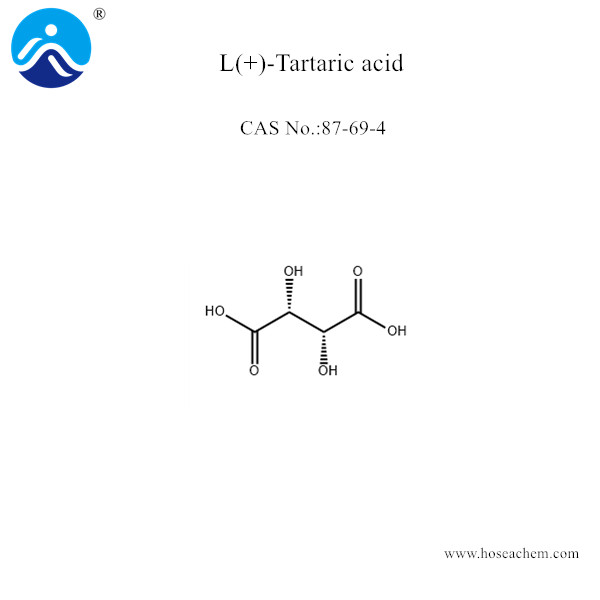L(+)-Tartaric acid
Hosea Chem® has been supplying L(+)-Tartaric acid (CAS 87-69-4) with high quality and competitive price for many years, covering most of the European, American, etc. Send Inquiry
Product Description
L(+)-Tartaric acid
Chemical Name:L(+)-Tartaric acid;CAS 87-69-4
EINECS No.: 201-766-0
Chemical Formula: C4H6O6
Molecular Weight: 150.09
Melting point: 170-172°C
Boiling point: 191.59℃
Flash point: 210℃
Density: 1.76
Molecular Structure:
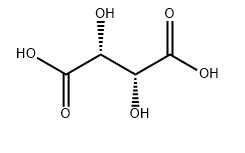
Description
L(+)-Tartaric Acid is a naturally occurring organic acid, known chemically as 2,3-dihydroxybutanedioic acid. It is a white, crystalline substance that is highly soluble in water and known for its sour taste. L(+)-Tartaric Acid is widely utilized in various industries due to its chiral properties and its ability to stabilize chemical formulations.Known for its excellent quality and consistency, our L(+)-Tartaric Acid is a key ingredient in several industrial processes, offering numerous benefits to manufacturers and end-users alike.
L(+)-Tartaric acid Standard
Appearance: White or colorless crystalline powder
Content %≥: 99.7
Density at 25°C: 1.321 g/mL
Vapor pressure (20℃): 5 Pa
Refractive index (C=5, H2O): 12.5°
Acidity coefficient (at 25℃): 2.98, 4.34
Application
L(+)-Tartaric Acid finds extensive use across various industries due to its versatile properties and beneficial effects on product quality and stability. Explore the diverse applications where L(+)-Tartaric Acid plays a crucial role:
Food and Beverage Industry
Acidulant: Enhances tartness and acidity in food products such as jams, jellies, and fruit juices.
Stabilizer: Improves stability and texture in bakery goods, confectionery, and dairy products.
Buffering Agent: Maintains pH levels in soft drinks, wine, and other beverages, ensuring consistent flavor profiles.
Leavening Agent: Reacts with baking soda to produce carbon dioxide, contributing to the leavening process in baked goods.
Pharmaceutical Industry
Excipient: Enhances solubility and stability of active pharmaceutical ingredients (APIs) in tablets and capsules.
Effervescent Tablets: Used in the preparation of effervescent formulations, providing a pleasant fizzing sensation upon dissolution.
Chelating Agent: Forms complexes with metal ions, aiding in the formulation of certain medications and enhancing their efficacy.
Cosmetics and Personal Care Products
pH Adjuster: Helps maintain the desired pH level in skincare formulations, ensuring compatibility with the skin.
Antioxidant: Protects cosmetic formulations from oxidative degradation, extending their shelf life.
Texture Modifier: Improves the texture and consistency of creams, lotions, and gels, enhancing user experience.
Chemical Industry
Chiral Catalyst: Acts as a catalyst in asymmetric synthesis, facilitating the production of enantiomerically pure compounds used in pharmaceuticals and specialty chemicals.
Complexing Agent: Forms stable complexes with metal ions, useful in analytical chemistry and metal extraction processes.
Intermediate: Serves as a precursor in the synthesis of various organic compounds, including tartaric acid derivatives and pharmaceutical intermediates.
Storge & Handling
Shall be stored in a cool, dry place to maintain its stability and prolong its shelf life. Proper storage conditions are crucial to prevent product degradation, as ethylene carbonate can slowly decompose in the presence of moisture.
Packing
25KG/Drum; 500KG/Jumbo bag


